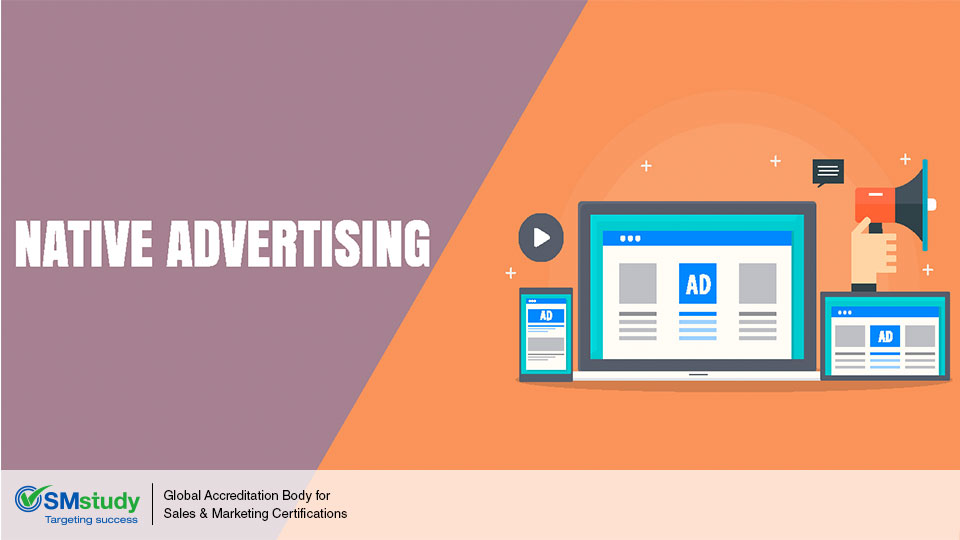It is anticipated that by the year 2020, native advertising will fetch a whopping 74% of the total ad revenue earned. The reason is simple - brands are experiencing more brand lift and better engagement via this channel than others. As the percentage of mobile traffic continues to grow, it is likely that mobile native ads will invade the ad space entirely.
That being said, let’s take a look at the top trends that will dominate the future of mobile native advertising -
The Mobile-First Viewpoint
Mobile phones have dominated internet traffic, accounting for 59.9% of the total traffic generated in 2017. As a result, the percentage of mobile traffic is estimated to grow in 2018.
Also, social media platforms such as Facebook, Instagram, and Snapchat, are heavily dominated by mobile users and this clearly indicates why advertisers should switch to ad formats that fit better on these portable devices.
So, start strategizing with a mobile-first perspective!
The Dominance of Social Media
As social media continues to maintain its dominance over native advertising, Facebook will rule the social media space. The key factors behind Facebook’s hold over the social sphere are the size of its audience, the myriad ad formats it offers, and the vast network of its users.
Facebook’s ad revenue, coming from mobile ads, has increased by 3% in a year and this growth shows advertisers where their focus should be. Other platforms that have a significantly growing number of active monthly users are Instagram and Snapchat.
The Significance of Channel-specific Content
To become successful with native advertising, it is important for advertisers to understand the significance of channel-specific content. Since different platforms have different needs and specifications, marketers are required to create content that complies with the channel’s provisions to engage better with its users.
For instance, the appropriate video length for Instagram is 30 seconds whereas, for Facebook and YouTube, video length may vary from 1 to 2 minutes.
These are the major trends that advertisers must look forward to in 2018. As mobile native ads continue to grow in prominence, marketers need to advertise with a mobile-first viewpoint while understanding the dominance of social media in this field and the significance of creating channel-specific content for better engagement.
For more interesting articles log on to SMstudy.com/articles

